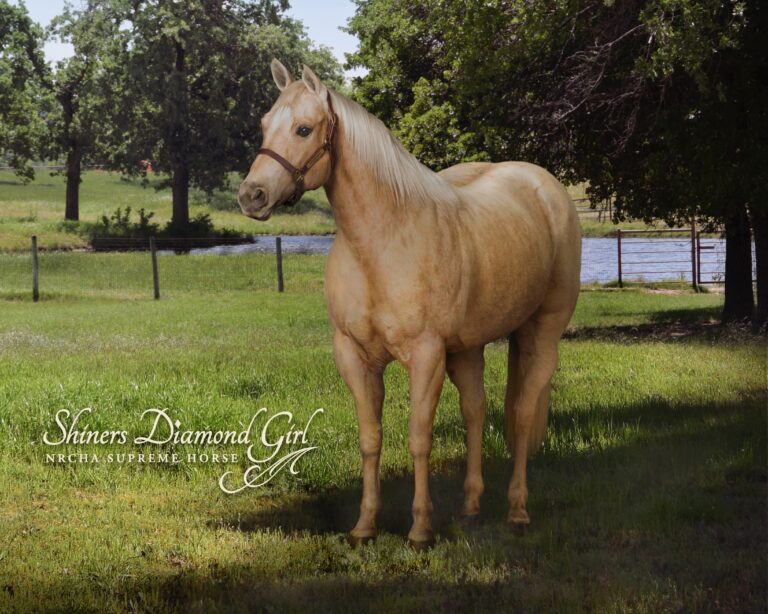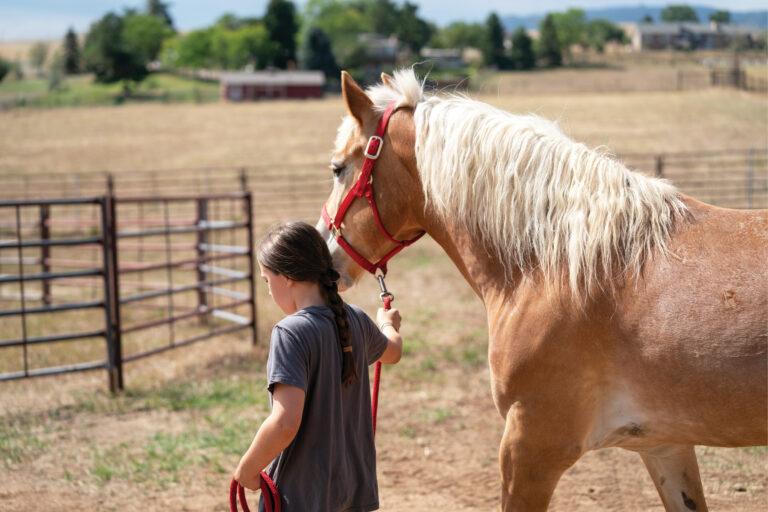Trail riding should be two things: fun and safe. The key to having a good time and living to have additional good times is knowing that fun and safety aren’t opposing concepts. This is especially true for trail riding.
Most adult riders understand that it’s possible for fun and safety to coexist. This is because the human adult is a person who – by sheer luck – survived childhood. Given the natural stupidity of the human child, this is a remarkable accomplishment. More to the point, survival gives the adult time to develop “safety awareness.”
At the heart of safety awareness is the realization that the human body isn’t an indestructible instrument designed for immortality. Horse girls, including our daughters Jamie and Hiliary, have difficulty comprehending this. Jenny and I have provided the girls with good safety equipment, such as saddles, girth straps, and reins. They don’t always bother to use these things. In fact, their preferred mode of riding appears to be bareback with a halter and a lead rope:
“We don’t need all that boring safety stuff,” they say. “We’re indestructible and immortal!”
The girls never actually said they were indestructible. But recently, they shared a few stories that indicate as much. All of it happened “years ago.” They revealed enough for us to know that we’ll never hear it all. And I suspect we only heard the less incriminating stories. Like the time Jamie and Hiliary got dumped in the pricker patch.
The Pricker Patch Incident began when an innocent workout in the round pen turned into an impromptu trail ride. Rather than take the time to tack up the horses, the girls simply rode Quando and Bruiser out of the round pen and down a trail. They had no equipment save a halter and lead rope.
Every horseback ride has within it the seeds of disaster. To begin with, a horse is very sensitive to environmental stimuli. Unexpected noises or sudden movement can easily startle a horse or even put him into panic mode. Nature gives the horse a simple formula: fear everything and live. This is the equine version of safety awareness. Combine it with the animal’s speed and strength and it’s easy to imagine how a pleasant riding experience can quickly turn into an unplanned rodeo event.
When Quando thought he heard a hungry mountain lion (or a baby rabbit – same difference) spring out from behind some trees, he did what nature instructed. He bucked and reared, and Jamie ended up in a pricker patch.
The physics of falling off a horse are simple. It begins when the rider’s center of gravity no longer corresponds with the horse’s center of gravity. This can happen inadvertently, or it can happen because the horse – in an attempt to save his life – is deliberately dumping all non-essential cargo. Without the benefit of proper tack, the situation can deteriorate to the point where the horse is no longer actually underneath the rider. Once this happens, the fall proceeds naturally and without exception.
The physical laws of one time or place apply with equal force to other times and places. Thus, when Quando panicked and Bruiser followed suit, Hiliary also landed in the pricker patch. Right next to Jamie. It couldn’t have worked out better if it was planned.
Safety awareness isn’t just about prevention. There’s also a responsive element. When things go bad, there’s a proper way to respond and there’s an improper way to respond. In another incident, Jamie managed to get herself dragged by Quando. I don’t know why Quando tossed the girl in the first place, but I do know that when she hit the ground, she responded in a way that insured she’d get dragged. That is, Jamie refused to let go of the rope.
Most experienced riders will tell you that unless you’re hanging off the edge of a cliff, it’s always best to let go of a rope that’s attached to a runaway horse. Even small horses are capable of dragging humans behind them if they feel the situation warrants it. You could just let go of the rope, if you wanted to, I’m sure they’re thinking. But Jamie held on. In her words, “I was not going to chase another horse.”
To my fatherly ears, this last statement was revealing. It meant that there were other falls and other runaway horses. Probably several. I have to admit that if the purpose of safety awareness is to keep oneself from harm, then the girls’ decision to wait “a few years” before informing me of these incidents is a good display of safety awareness. After all, there’s a kind of parental statute of limitations regarding dangerous behavior. A few years after the fact, how could I punish them? And could anything I have done been more effective than natural consequences? Gravity is a powerful teacher.
Freelance writer Bob Goddard lives in Grand Rapids, Michigan, with his wife, Jenny, and assorted pets. His latest book is Horse Crazy! A Tongue-in-Check Guide for Parents of Horse-Addicted Girls. To order, and to read his humorous blog, “Bob the Equestrian,” visit www.horsecrazy.net.






